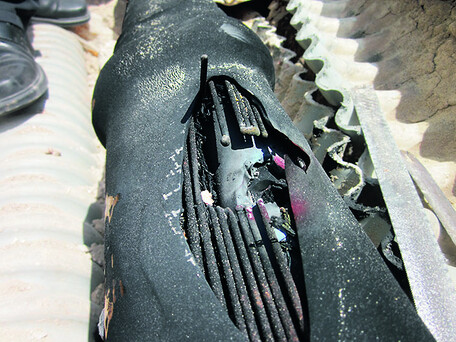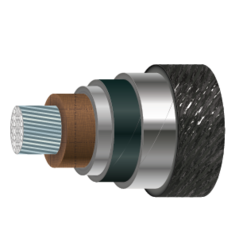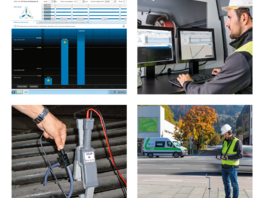Cable fault
Basic conditions, causes, and types

Cable routes are influenced by a variety of ambient parameters. A cable route can consist of many cable sections, often with different types of cable construction. Depending on the voltage level, the required load capacity, and available accessory and installation technology, cables with plastic insulation or mass-impregnated paper insulation are used.





